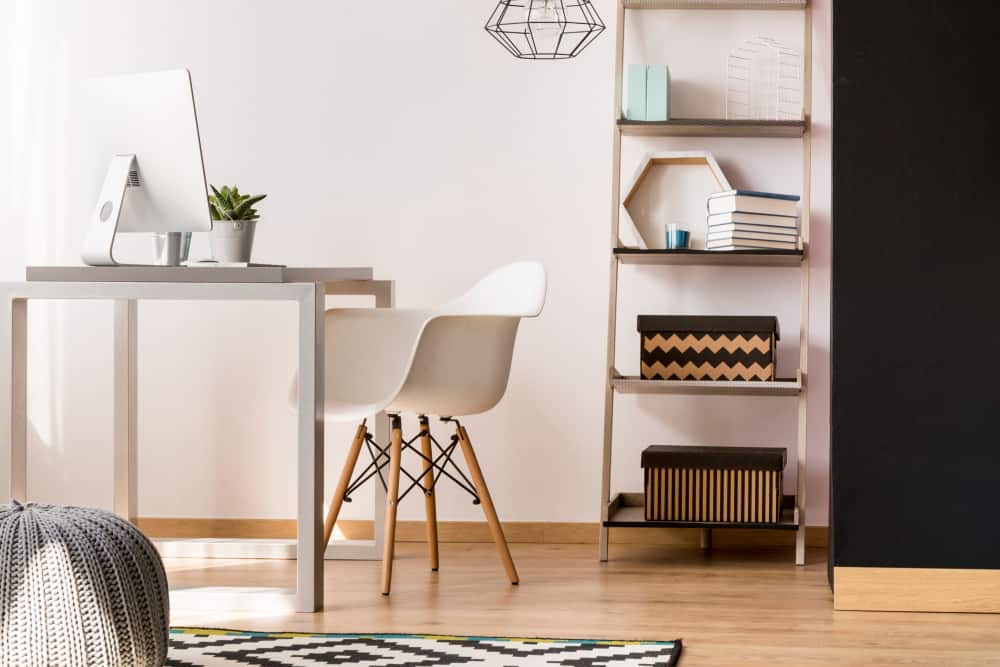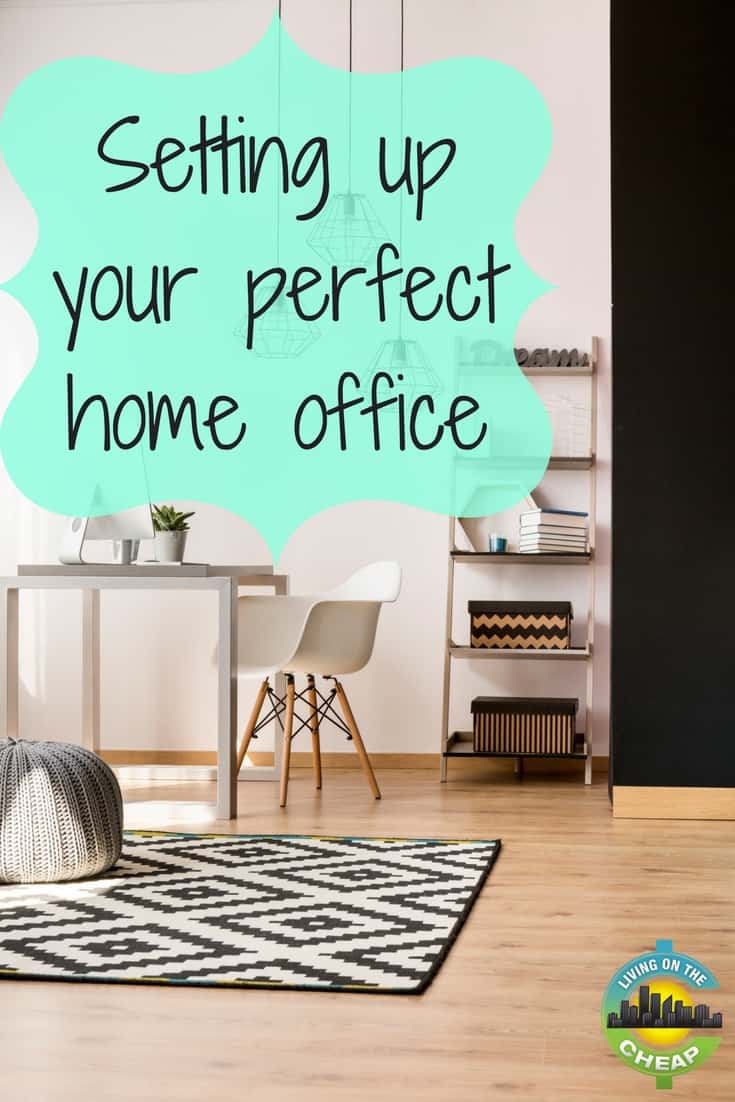If you are lucky enough to work at home full time, or just get an opportunity to work from home occasionally, do not underestimate the value of a great home office. A well-planned home office can lead to endless productivity and success. A poor work environment, on the other hand, can lead to frustration, wasted time, and lost productivity. To ensure your home office is optimized for your needs, make sure to consider every detail.

Internet connection
The first requirement of any home workspace is a quality, high speed internet connection. Depending on how you work, your connect needs may vary, but in general any internet connection over around 20 Mbps can handle your work applications and VPN. A faster connection just makes it easier and better, but a slow connection could lead to lost work time.
Ensuring you have a reliable, fast internet connection is vital. This includes reliable internet service and a trusted modem and router to handle your traffic. At my home, we have 40 Mbps internet service, a modem provided by our internet company, and a Google OnHub router to handle all of our connected devices.
Also check our article, smart routers to simplify and speed up your home network.
Quiet, separated space
A crying baby, barking dog, or a child pulling at your sleeve saying, “mom, mom, mama, mama, mommy…” while trying to get your attention does not make for a productive work environment. For the best work, you should remove yourself from distraction and spend your time in a dedicated work area.
Ideally, you have a dedicated home office that you can use for work. Going in and closing the door signals to your family that work is in session. Don’t bother me unless there is a medical emergency or the house is on fire. Otherwise, Daddy’s working.
A desk fit for a king, or an online worker
Your next thought when setting up your home office is the place you’ll spend the most time: your desk. There are all types of desks that could work for your business. Maybe you’re into big, corner facing executive desks with plenty of room to display awards, books, and other décor. Maybe you prefer a small, minimalist desk with no drawers. Perhaps you want a standing desk, or an adjustable desk so you can split your time between sitting and standing.
There is no right or wrong answer here, just want is right for you. Heck, if you enjoy them you can even buy modular desk and wall parts to build your own stay-at-home cubicle. If it works for your needs and doesn’t break the budget, it’s the right choice.
The perfect office chair
Next up, you’ll need the right place to sit when it’s time to get work done. I’ve used kitchen chairs, adjustable chairs, stools, and everything in between as a work chair at some point. Without a doubt, an ergonomic chair that works with your desk is the best choice.
Some companies spend millions of dollars on ergonomics to ensure employees don’t get injured or end up with carpal tunnel syndrome. A comfortable chair that puts your head, neck, back, shoulders, elbows, wrists, and hands in the proper position to prevent injury.
Get a combo laser printer/scanner
I can’t tell you how many hundreds, if not thousands, of dollars I have spent on printer ink. In fact, printer ink is one of the most expensive liquids in the world, so anything you can do to avoid using ink is a great decision. For me, that meant switching to a laser jet printer.
Laser printers use toner, rather than ink, and toner cartridges offer a much lower cost per print than ink. Laser printers cost more to start, but the cost is negated by lower copying and printing costs over time. The more you print, the faster you’ll save compared to an inkjet printer.
Also, because it is the 2010s and not 1997, it’s time to get a printer that includes a scanner. An all-in-one setup offers the ability to print, copy, scan, and fax from one device.
Backups and other gadgets
One of the worst things that can happen to a digital worker is data loss. Computers are expensive, but replaceable. Hours of hard work, on the other hand, may never be recoverable in the event of a hard drive crash or system failure.
If you are self-employed, you are responsible for your own backups. Even if you get your work computer backed up by your company, backing up your own personal computers at home is a smart decision.
You can buy an external drive for your backups or a network attached storage (NAS) drive that runs backups in the background while you work. I personally built a home media center and use the program CrashPlan to backup to my giant 5TB hard drive attached to the media center, but any drive that at least as big as your computer’s hard drive will do the trick.
Don’t forget a personal touch
A home office can be just as boring as a corporate office, but it doesn’t have to be. Deck out your office to make it the perfect retreat for work. A mini fridge for drinks and snacks, some fun artwork, or a collection of conference goodies might give it the right balance of personal and work.
In my next home office, I plan to go a step further by adding a couch. The couch gives me a place to relax, take a load off, or even work with the laptop on my lap instead of the desk to mix things up. The couch and office will double as a sleeper and a guest room for visitors, so this gives the room extra use when I’m not in there pounding away at the keyboard.’
Make your workspace a priority
Most people spend anywhere from around 20 hours to well over 60 hours each week working. With so much time spent in your home office, it is important to make it functional for your needs. With the right electronics, gadgets, furniture, and décor, you are well on the way. After that, it’s time to get to work!
You may also be interested in:
How to make money working from home
How to spot a work at home scam
Don’t miss out on work related tax deductions

